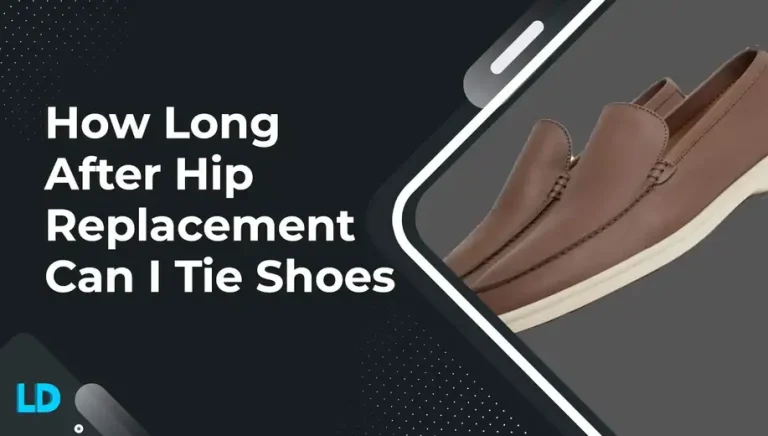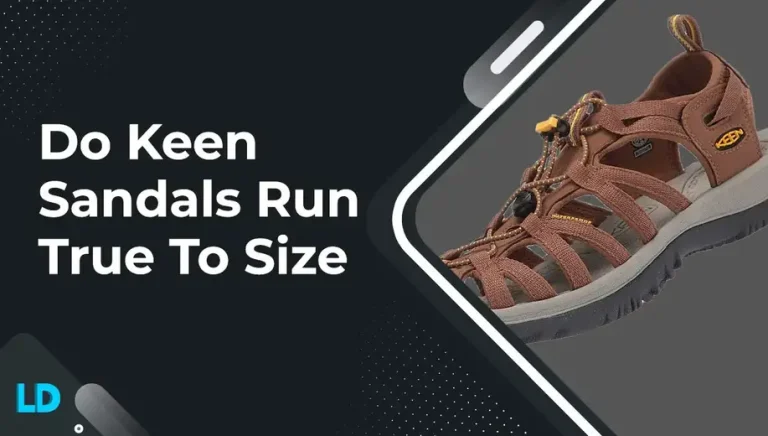Do you put insoles on top of insoles? Yes, you can place one insole on top of another insole. There are many reasons why people do this.
The simple answer is Yes, it is possible to put insoles on top of insoles. However, it is important to ensure that the combined thickness of the insoles does not make the shoe too tight or cause discomfort. It is also a good idea to check with a shoe professional or podiatrist before adding multiple layers of insoles to ensure that it is safe and appropriate for your foot type and activity level.
Due to the use of bad insoles commonly, people are dealing with severe pain and want to get rid of it. For that purpose, they can use one orthotic insole on another. If you don’t have any idea how you can reduce pain by placing one insole on another, just try it out and check the results.
There are more benefits to placing one insole on another insole, like making your shoes perfectly fitted, ensuring the durability of the shoes, and more.
To begin with, there are several sorts of orthotics—some are designed to relieve pain, while others are designed to give better facilities; there are massage inserts, athletic inserts, and so on.
Insoles also exist in a variety of forms and sizes; some are stretchy and elastic, while others are fairly hard. Today we’ll talk about whether you may (and should) layer insoles on top of other insoles, so with no further hemming and hawing, let’s get started.
Can Insoles Be Worn on Top of Insoles?
The clearest and quickest response to this thing is that “it relies” on a few variables. In fact, there should be no clear disadvantages to layering regular insoles on top of other regular inserts, but this is rarely possible.
The following are some types of insoles that can be put on other insoles:
Orthotic Insoles On Top Of Regular Insoles
The shoes that you are currently using affect the quality of the insoles. If you are wearing average shoes, then their insoles are also of average quality and placed in the correct way to keep your feet comfortable.
If you are wanting to place a built-in insole on top of the orthotic insole, then the material you require is a strong adhesive glue that will combine the two insoles so strongly that they will create discomfort over time.
There is a big difference between the layout of an orthotic and a regular insert. The size of orthotic insoles is larger and wider than regular ones, and most of them are structured in a way that they can be placed easily on top of other regular insoles for the purpose of reducing pain and foot problems.
In that case, you can simply use the adhesive glue and perfectly place it on the regular insole and keep them for a while so that the glue will set, and then place the combination in your shoes perfectly.
Orthotic Insole On Top Of Orthotic Insole
This type of insole placement is known as insole stacking, in which you can easily put one orthotic insole on top of another orthotic insole. This also happens when your old orthotic insole gets damaged and does not provide comfort to your feet and causes irritation.
So, that is why you want to place another orthotic on it for comfort and fitting. This also provides maximum cushioning, strength, and stability.
You can manage your shoes with one insole also, but if you want to do this, then no one can stop you because there is no drawback to doing that. There are some types of orthotic insoles that provide interesting results in a pair, so you can try them.
Perfectly Fitted Insoles On Top Of Regular Insoles
There are some types of insoles that can be fitted into any type of shoe and are known as perfectly fitted or universal insoles. Another interesting feature about these insoles is that they can be used by any gender, like males or females.
For adjusting the size of the shoes, these insoles without any restriction can be placed on top of the regular insoles for getting comfort and perfectly fitted shoes. The material of these universal insoles allows them to adjust according to the size of the shoe and sit perfectly.
The production process of ‘universal’ insoles is not as simple as it may sound; unique shoes have unique styles, and one pair may have larger insoles than another pair of the same size with a separate design and engineering.
In that sense, placing universal insoles on top of your shoes’ built-in insoles may cause little pain; under the worst circumstances, if you were experiencing discomfort and had obtained universal insoles to alleviate it, the degree of discomfort you are experiencing may increase.
How To Trim One Insole According To Another Insole?
Cutting your footbed is an easy procedure that anyone should be able to execute from the comfort of their own home. Readout our easy, step-by-step instructions for cutting your inserts for a bespoke fit!
Step 1: In the first step, take the insole, which you want to put on top of the regular insole. And also take the shoes in which you want to put them.
Step 2: Once you’ve found the perfect pair of shoes, you must replace the regular footbed that came with the footwear. In most circumstances, this may be removed without using force or altering your shoes in any way.
Please keep in mind that some shoes may have insoles that are not removable since they are bonded to the shoe’s bottom.
Step 3: Simply place your orthotic insole on top of the regular insole and mark it with a visible marker.
Step 4: With the scissors or any trimming instrument, cut the orthotic insole from the lines you marked according to the regular insole.
Step 5: After trimming the orthotic insoles, combine them with adhesive glue and place them outside for a few minutes to dry before inserting them perfectly into the shoes.
When to Remove Existing Shoe Insoles
While it’s generally safe to use insoles on top of existing shoe insoles, there are some cases where it may be better to remove the existing insoles first. These include:
Limited Space
Some shoes, particularly dress shoes or high heels, may not have enough space to accommodate an additional insole. In these cases, it’s best to remove the existing insole first.
Fit Issues
If your shoes are already a tight fit, adding an additional insole on top may make them too tight, leading to discomfort or even injury. In these cases, it’s best to remove the existing insole first.
Hygiene
If your existing insoles are old or dirty, it may be best to remove them and replace them with new insoles for hygiene reasons.
Is it Bad to Wear Two Insoles?
In the field of shoes, the question that comes to your mind is whether it is good or bad to put two insoles in the same shoe for your feet.
No, it does not. Not in and of itself, While putting two inserts in your footwear may feel quite snug, if your footwear is significantly larger, two inserts will help make them fit nicely if you are hesitant to replace the footwear.
Two inserts will most likely not provide extra comfort or padding for your feet unless you take off the regular insole from the footwear and exchange it with an orthotic insole.
Although double insoles help some people overcome specific footwear difficulties, they don’t work as well for others. It is a case of “same actions but distinct tactics.”
Conclusion – Can You Put Insoles On Top Of Insoles
Insoles are the main and most important part of the shoe. For some reason and more use, they get damaged and work properly, and you never want to change them. Then what can you do? Can you put insoles on top of insoles?
Yes, you can easily place one insole on top of another insole, but there is no rule to place them in one shoe. If you want to change, then you can, but there is no drawback to putting them in one shoe.
Some people are suffering with foot discomfort due to their regular shoes not being perfectly fitted. Then they can place an orthotic insole on top of this regular insole with the help of glue, easily and perfectly placed in the shoe.
FREQUENTLY ASKED QUESTIONS
Can insoles be stacked?
Simply said, you can stack footbeds, but there aren’t many advantages to doing so. Insoles often give the majority of the advantages by being in close touch with the feet (cushioning and massaging them), implying that one of the two sets will be absolutely worthless.
Do insoles make shoes tighter?
Insoles do not make shoes tighter; instead, they can help to provide better support and cushioning. However, it is important to choose an insole that fits the shoe correctly to avoid any discomfort or shifting.
Can you increase the cushioning by putting one insole another insole?
In average, two sets of inserts may give more support, but you will not benefit from additional cushioning or ‘extra stretching.’







